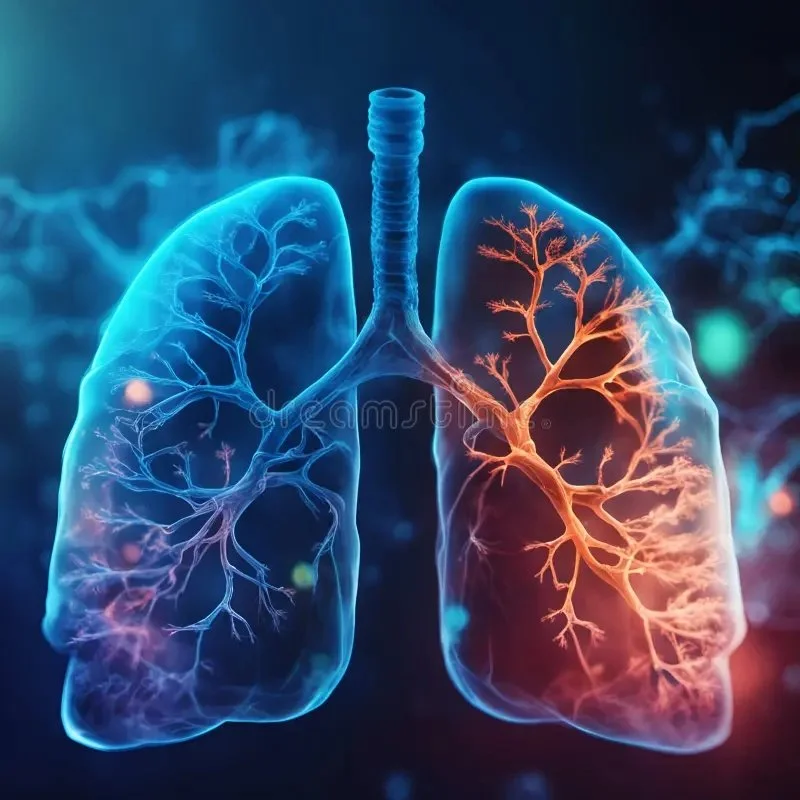MICROPLASTICS LINKED TO CHRONIC DISEASE ... Media, Governments, Public Health Officials Do Nothing
We are all now absorbing microplastics through the air we breathe, the water we drink, and the food we eat. But the oil and plastics industries are so powerful that nothing is being done about this next public health disaster.
According to the website GlobalResearch.ca: Research links microplastic exposure to chronic diseases like high blood pressure, stroke, and diabetes — ranking among the top 10 predictors of these conditions. Communities with higher microplastic levels experience significantly more chronic disease, with risk steadily increasing alongside higher plastic concentrations. Some effective ways to reduce microplastic exposure include filtering your drinking water, avoiding plastic food packaging, using glass containers, and choosing natural fiber clothing.
For most of us today, microscopic plastic particles are being detected inside living tissue — lodged deep within organs, absorbed through the gut, and circulating in the bloodstream. The corporate media are downplaying this issue due to their close ties to the oil and plastics industries, banks, and other powerful interests. The same goes for our politicians and public health officials. This problem again highlights the sad state of democracy in Canada and the depth of corruption among the so-called “leaders” of our society.
As Global Research says: Emerging research has uncovered strong connections between plastic exposure and conditions like high blood pressure, stroke, and metabolic dysfunction. Studies now link even low-level, everyday exposure to a higher risk of cardiovascular events. This is no longer just about reducing plastic waste — it’s about protecting your heart, your brain, and your long-term health.
Some steps we can take to protect ourselves and our families — especially your children:
Make smart food packaging choices — Heat and plastic are a dangerous combo. Stop microwaving food in plastic containers, and avoid plastic wraps touching your meals. Store leftovers in glass, stainless steel, or ceramic containers. When shopping, choose products in glass jars over plastic packaging whenever possible. These simple changes are powerful — they reduce direct ingestion of plastic particles.
Re-evaluate your kitchen essentials — Plastic cutting boards shed tiny fragments every time you chop. Over time, those bits wind up in your food. Switch to wood or glass boards instead. Also, swap out plastic utensils for stainless steel. These changes lower your exposure while making your kitchen more durable and clean.
Choose natural fibers and rethink how you wash clothes — If you’re wearing polyester, acrylic, or nylon, you’re wearing plastic. These synthetic fabrics shed microfibers into the water system with every wash. Choose cotton, wool, or linen instead.
And just to show how crazy things are: On April 25, 2025, a lawsuit was filed against Ziploc, an S.C. Johnson-owned brand. The lawsuit alleges that certain Ziploc bags are labeled as “microwave safe” and suitable for “freezer” use, giving shoppers the impression that they are safe to use in these ways. The plaintiff, Cheslow, believes the brand is misleading customers and putting them at risk of microplastic consumption — an issue made worse by Ziploc’s claim that its products are reusable.
“These products are made from polyethylene and polypropylene — materials that scientific and medical evidence shows release microplastics when microwaved and frozen — making them fundamentally unfit for microwave and freezer use,” reads page four of the lawsuit.
And from Scientific American:
Now, the first data of their kind show a link between microplastics and human health. A study of more than 200 people undergoing surgery found that nearly 60% had microplastics — or even smaller nanoplastics — in a main artery. Those who did were 4.5 times more likely to experience a heart attack, stroke, or death in the approximately 34 months after surgery than those whose arteries were plastic-free.
FAQs About Microplastics
Q: How do microplastics affect health?
A: Microplastics are tiny fragments of plastic that enter your body through food, water, and air. Recent studies show they don’t just pass through — they lodge in your tissues, including artery walls. Once inside, they trigger inflammation and disrupt normal cell function, increasing your risk of high blood pressure, stroke, diabetes, and cardiovascular events.
Q: Where did researchers find plastic in the body?
A: In a study published in the New England Journal of Medicine, researchers discovered plastic embedded in plaque removed from human carotid arteries. These particles were detected inside immune cells and tissue debris, confirming that plastics don’t just float through your system — they settle in and do damage.
Q: What diseases are linked to microplastic exposure?
A: The American College of Cardiology study found strong associations between microplastic pollution and several chronic conditions, including stroke, high blood pressure, and diabetes. Higher microplastic concentrations in the environment directly correlated with higher disease rates in surrounding communities.
Q: How do plastics cause damage inside arteries?
A: Plastics act like irritants inside your body. They activate immune cells, release inflammatory chemicals, and destabilize artery plaque. This raises your risk of serious events like heart attacks and strokes — even if you don’t have conventional risk factors.
